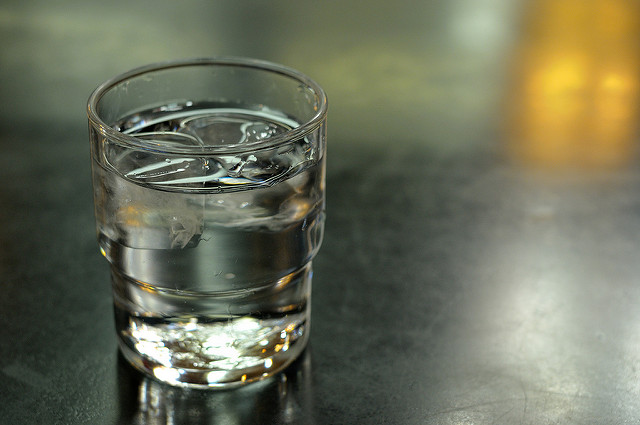Chicago Will Test Tap Water In Homes Of Kids Affected By Lead Poisoning
By Kirsten Onsgard in News on Apr 5, 2016 8:44PM
Following the water crisis in Flint, Michigan, and local concerns about lead testing in Chicago, the Department of Public Health will announce a new initiative to test tap water in homes with children harmed by the chemical, according to the Tribune. An official announcement from the city is expected today.
"We recognize the water in Chicago is generally safe, but to reassure people I think drawing more samples would be very helpful," Health Department Director of Environmental Health Dr. Cort Lohff, told the Tribune.
Until recently, public health officials have maintained that lead in water poses little significant risk to residents. But according to a 2013 EPA study, Chicago’s sampling methods routinely miss high lead levels, even though they are in accordance with a federal law. More than 20 percent of the samples used in the study exceed compliance levels, indicating that peak lead amounts were often underestimated. This is because testing often occurs on the first few liters of water. While this water might be lead-free, levels can be higher after the initial draw.
The new approach requires inspectors to test the first and sixth liters in homes with children who have been poisoned, according to the Tribune.
While poisoned water has been at the forefront of the conversation surrounding lead recently, lead paint poses the highest risk for poisoning among children, especially in low-income neighborhoods on the South and West Sides, according to Anita Weinberg, director of the ChildLaw Policy Institute at Loyola University Chicago. Though significant progress has been made towards keeping children safe from lead-based paint, those in lower-income neighborhoods might lack the resources to ensure their home is lead-free.
“Fewer children are being harmed, but too many still are, and that’s primarily children of color in poor communities,” Weinberg, who is also a co-chair of the Illinois Lead Safe Housing Advisory Council, told Chicagoist.
It is not known how many children are affected specifically by poisoned water in Chicago because the health department does not specify the cause for lead poisoning in its reporting. Paint, Weinberg said, is often the first thing inspectors check when they are alerted about a poisoned child.
High lead results were often linked to disturbances to water lines, which could cause the pipes to deteriorate, according to the EPA study.
“Lead is one of the few causes of social and learning problems we know how to solve, whatever the source may be,” she said. “Each of us has a role we can play in addressing the problem, whether it’s research, education, litigation, advocacy, policy or funding.
